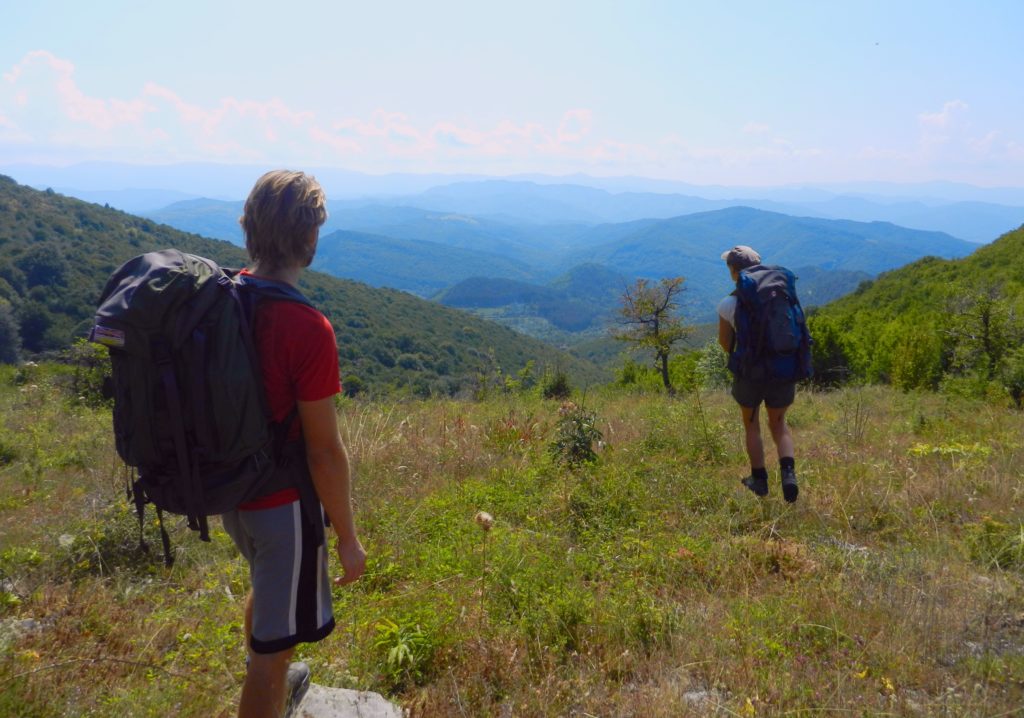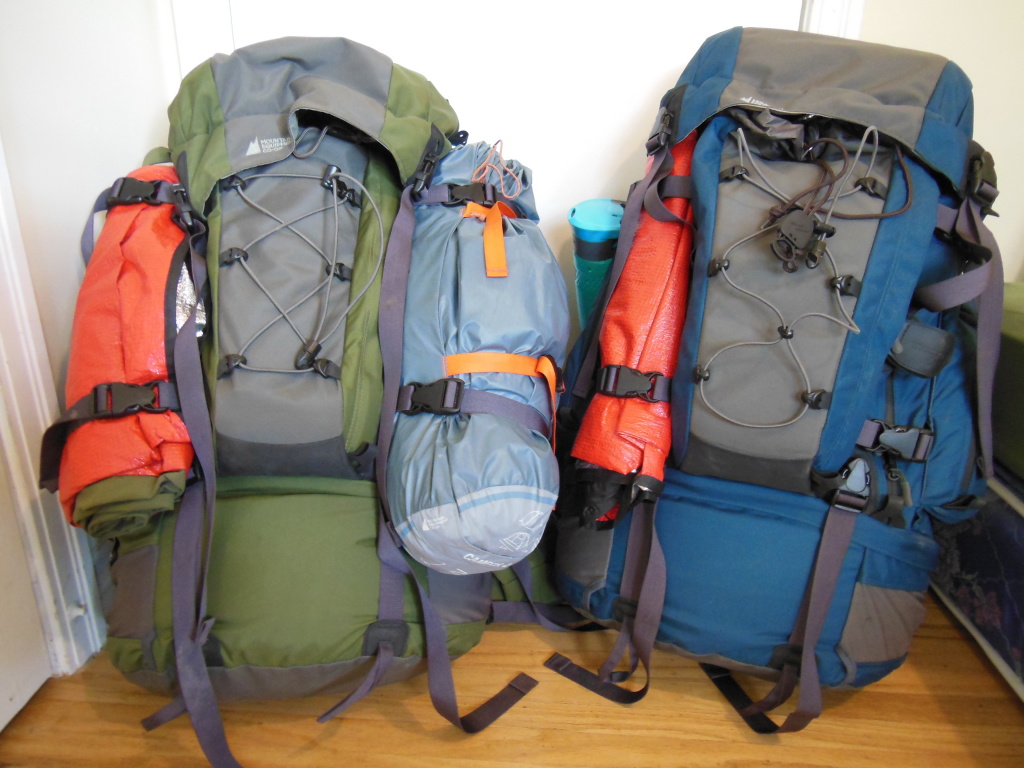Our Recommended Gear for your Next Adventure
Living out of your backpack for a few months will quickly teach you what gear is essential and what is a waste of space. For those who want to travel light but also be prepared for a sleep outdoors, our recommendations will have you ready for the adventures ahead.
![]()
Hiking Pack

If you’re wanting to travel light and not hire a taxi van every time you move on, a hiking pack is essential. If you travel like us, it’s important to be able to save money and walk between locations whenever possible. A hiking pack is large enough to hold all of your gear but comfortable enough to carry for long periods. On our Europe trip I had an 80 litre pack, but we were camping and travelling throughout the seasons which meant we had to carry more gear and extra clothes for winter. If you’re traveling through hotter countries where you’d only need a light set of clothing and you aren’t camping, a 40 litre or maybe even a 25 litre pack would suffice. It’s also a good idea to carry a light backpack for day trips, big enough to hold a camera, water, and a lunch. If you’re planning on doing a lot of hiking around with your luggage, having a comfortable and durable backpack is paramount.
![]()
Footwear

Second most important: footwear. You need shoes that are both durable and comfortable because you’re going to be doing a lot of walking, probably more than what you’re used to. On touring days we would often walk up to 8 hours straight and those quaint, cobblestone lanes are not kind on the feet. On our Europe trip I wore a pair of powerful combat boots that probably would have lasted the entire 22 months had they been new. I also had a light pair of barefoot running shoes with me that could easily squish into my pack. For your travels you should bring one pair of heavy footwear, for tough hikes or wet conditions, and a pair of light footwear, small enough that it won’t take up much room in your bag. Regardless of what kind of shoes you bring, make sure they are comfortable and broken-in before you leave for your trip to spare yourself any hard-earned blisters after a long day of trekking.
![]()
Smartphone
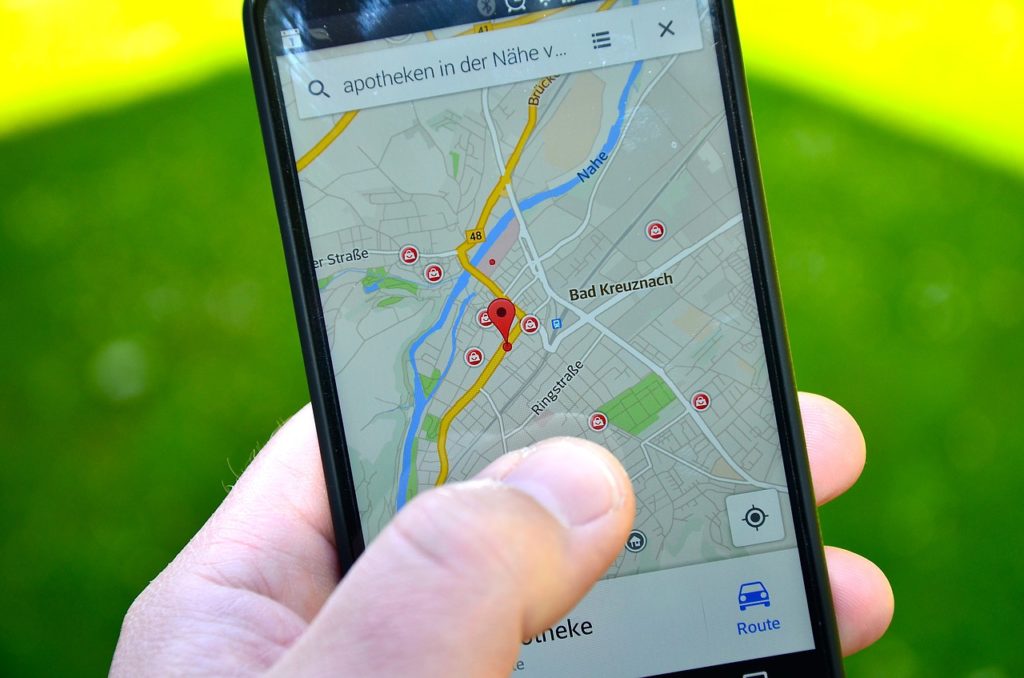
Bringing a smartphone on your journey may not be crucial but it can be very convenient. I would say a smartphone is the most useful tool to bring on your travels considering its size, weight and multi-use. Not only can you slip a new SIM card in there to make calls, a smartphone is your own personal handheld computer for research, skyping your family, translating languages, converting currency, and taking photos (when your nice camera runs out of batteries). Most of all, your smartphone will prevent you from getting hopelessly lost in strange lands. Download offline maps at your next wifi stop and use it to find your way through the complicated labyrinth of the city you’re touring. Buy smartphone accessories like a case for protection and an extra battery pack and you’re set!
![]()
Universal Plug Adapter
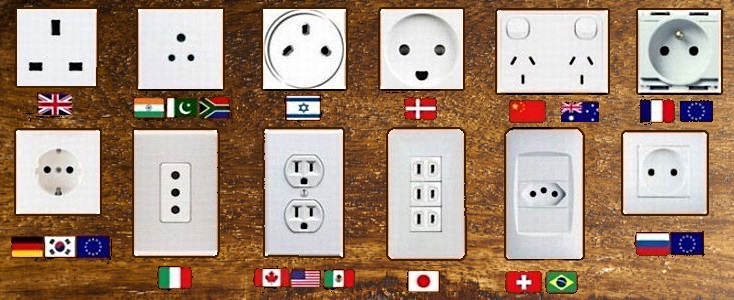
If you’re planning on bringing any electronics with you on your travels, a universal plug adapter is a necessity. There are 12 electrical socket types around the world, not to mention the differing voltages. You can buy a single, universal plug adapter for any socket type or you can get them separately if you’re only visiting one or two countries. As for the voltage change, most electronics you are likely to travel with are dual voltage devices (such as phone and laptop chargers), but it is something you should check to be certain. In North America our voltage is between 100 and 127 volts, but in most countries it’s double that. If you were to plug a North American appliance designed for 120 into a 240 volt plug, it would burn out pretty quick.
![]()
Camping Gear
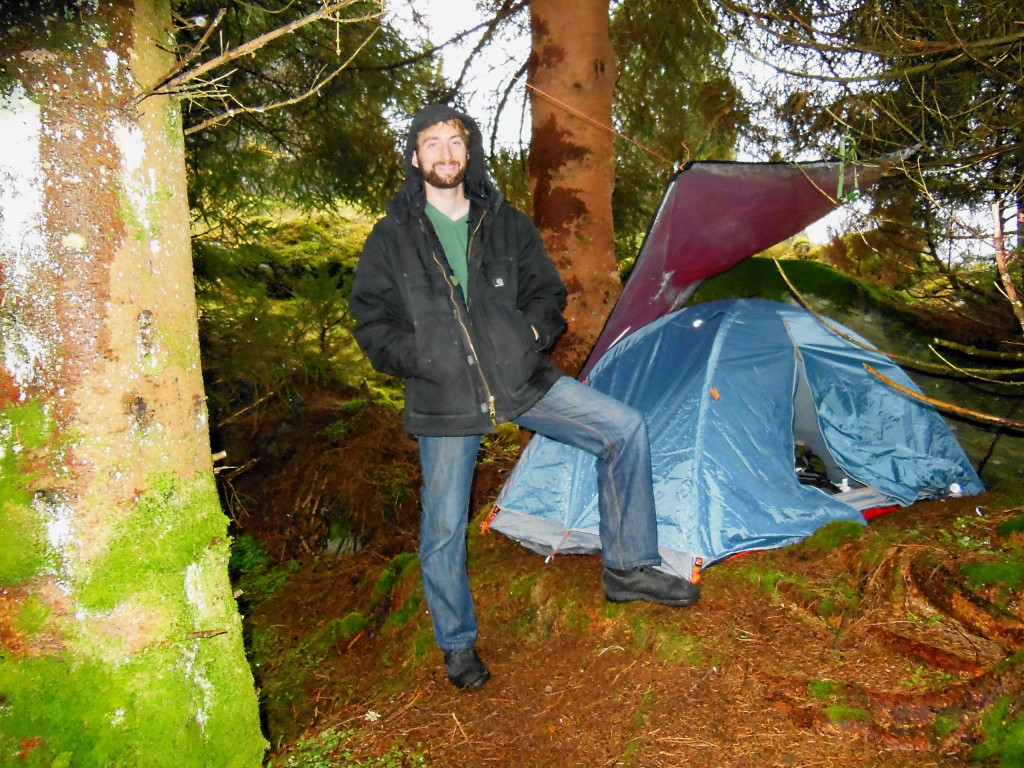
Camping abroad has its pros and cons. Your camping kit will add a significant amount of weight to your luggage but it can save you money. Camping in different countries is fun and adds something new to the whole experience. I would recommend camping in the more expensive countries if you don’t mind roughing it a bit. We have had lovely experiences camping in places like on the Loch Ness in Scotland, the Balkan Range in Bulgaria, and near Loket Castle in Czech.
Major tourist cities in Europe usually have inner city camping which provide washrooms, cooking facilities, wifi and transit connections. During the height of the tourist season when everything else is booked up, inner city camping always has space and will be your cheapest option.
Having camping gear with you on your travels gives you the peace of mind that you will always have shelter. We once got stranded in a tiny town in Norway where the only accommodation was a hotel for $300 per night. Instead of wasting our travel fund, we found a beautiful, mossy forest i n the hills behind the town and set up camp for the night.
For camping abroad you’re going to want to pack light so you’ll have room for all those souvenirs! If you’re travelling with a partner, share a 2-person tent and a cooking pot
. Travelling alone I would bring a one person mountaineering tent or if I want to be ultra minimalist I would just use a bivy bag. For a sleeping bag
, I would recommend down-feather rated at least -7°C for those cold, rainy nights. A down-feather sleeping bag will give you the best insulation for weight, just be sure not to get it wet or it will lose its insulation value. Some type of sleeping mat will be a necessity not just for comfort but to insulate you from the cold ground. I usually don’t recommend an air mat for camping because they tend not to stay blown up for long, but if you’re only going on a short trip an air mat would be the lighter option. On our Europe trip I just used my winter coat as a sleeping mat but a foam mat
would probably be best. A small, hiking stove
may be necessary where campfires aren’t permitted, but most campgrounds I’ve been either allow fires or have cooking facilities. Lastly, make sure you’re carrying all the little important items involved with camping such as: a flashlight
(headlamps are great), matches/lighter, bowl, utensils, water-bottle, and a knife.
![]()
When it comes to travelling and camping abroad, good footwear, a hiking pack, smartphone, plug adapter, and camping gear are vital. Before you buy the equipment you need for your journey, make sure you research them thoroughly to find the best brand at the right price for you. Although everyone travels differently, this list of gear worked well for us and our mode of travel and we hope it works for you. We lived for 22 months straight out of our backpacks in 36 foreign countries and never lacked for anything. Out of the kit list here that we brought on our Europe trip, I would have excluded a couple things (like the french press) but maybe it’s better to have it and not need it than to need it and not have it.
